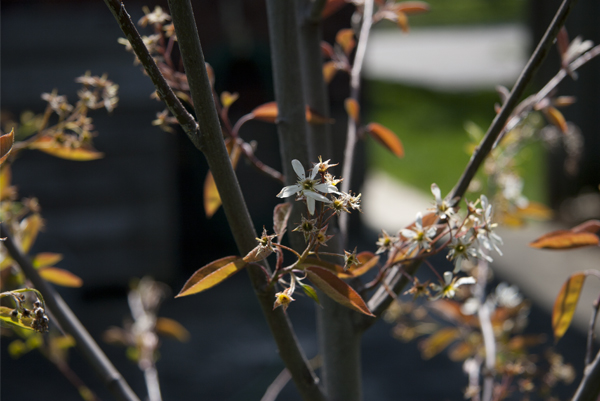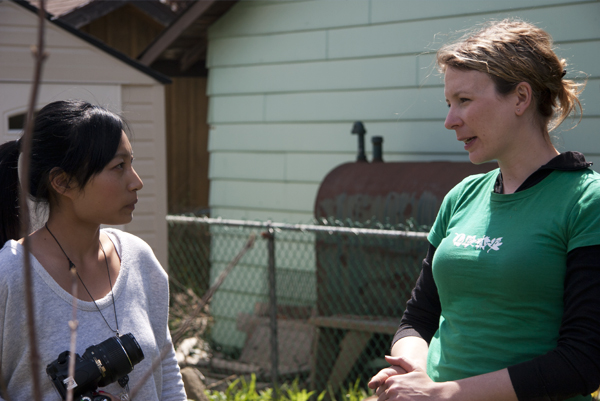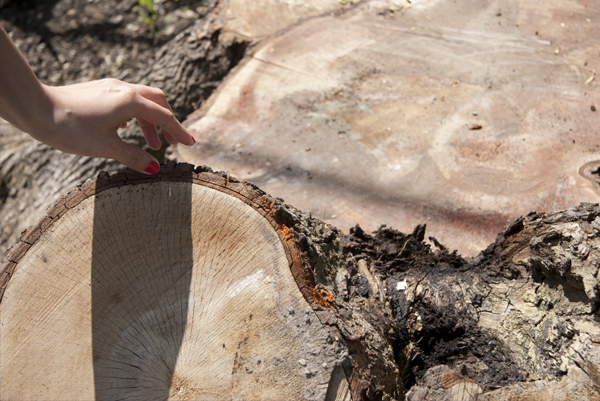The goal is to offer each staff member a better understanding of the work we are doing. We all share in attending events and workshops from planting at schools and backyards to planting in the Don Valley; taking the Tree Tenders Volunteer Training course to giving talks about the Emerald Ash Borer in Markham. Personally, it makes a huge difference in my role as the Marketing and Communications Coordinator. After all, my job is to tell the stories of the organization and bring new folks into the fold. The process helps to build my understanding of the urban forest in general AND I get vitamin D while I’m at it. How could I resist?

Last year I made a short video about my experience planting with Andrea. The day lasted from 7 a.m. to 9 p.m. It was fun in an intense kind of way. But this past Wednesday - my sixth time out with our residential planting team - things ran smoothly from beginning to end. We had seven homes to visit across Scarborough and many of them were down by the lake. It was a beautiful setting. The sun was out for most of the day and the temperature floated around 13 or so, which was plenty while planting trees. There were about 12 trees to plant (some weighed a ton, some were super easy) and a bunch of shrubs. We also delivered a few things for the homeowners to plant themselves (we offer that as an option through our programs and it’s a great way to spend an afternoon with the kids).

We even had a short run in with the media as Ming Pao dropped by to interview Andrea for the arborist’s perspective on planting in the area. Cindy Wu also chatted a bit with the homeowner, Stiliano who was an incredibly nice gentleman that was planting a black maple to replace a Norway maple that had come down due to disease. He showed us the old stump, which had rotted away from the inside out and had a white pattern in its wood. It must have been at several decades old. The moment presented a great opportunity to discuss invasive versus native species, the importance of biodiversity, and succession planting (getting new trees in the ground before the mature ones come down).

But when he saw his new tree, Stiliano wasn’t totally impressed. “Why so small?” He asked half-jokingly. He was right. The black maple was one of the smallest trees we planted all day. But Andrea assured him that a smaller tree can actually be more receptive to its new home. “It may be small now, but will actually establish itself and grow faster. It is also a true native – grown locally rather than shipped up from the Carolinas.”
“Oh, well that makes sense. You guys do great work – it’s so important.” He smiled.
Every time I’m out with our arborists I learn way more than can fit in a single blog post and meet great people who are taking steps to improve their yards, their neighbourhoods, our urban forest and ultimately our entire environment. As I always say, it’s the greatest shared resource we’ve got, and it’s what keeps our cities breathing, connected and alive. Refreshing indeed.
